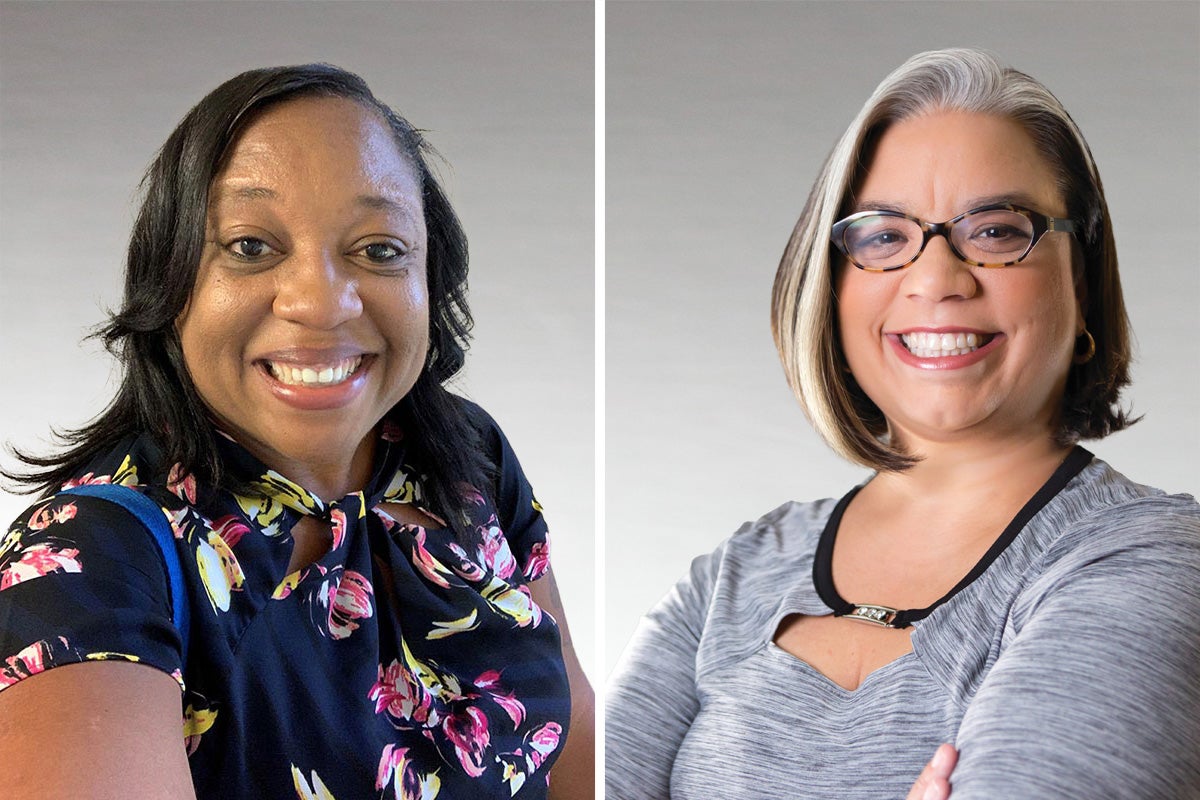Cardiovascular disease, which includes heart attacks and stroke, is the leading cause of death in the U.S. But it doesn’t have to be. According to the Centers for Disease Control (CDC), an estimated 80% of cardiovascular disease is preventable.
However, there is not a one-size-fits-all approach to prevention. According to the CDC, healthcare disparities, including geography, race and ethnicity and other social determinants of health, can limit some people’s chances to be healthy.
To improve the heart health for people living in low-income or rural communities where there is a higher prevalence of heart disease and higher death rates compared to people living in urban settings, healthcare workers need to “meet patients where they are at,” says Desiree Díaz, a global simulation expert and associate professor at the College of Nursing.
“For example, if I tell someone that they need to eat more fresh fruits and vegetables, but they are unable to go to the market and are eating in a soup kitchen, I’m not helping them improve their health,” she says.
That’s why she is part of a team of UCF researchers leading a new two-year, nearly $500,000 project funded by the Health Resources & Services Administration, part of the U.S. Department of Health, to do just that. They aim to educate the next generation of nurses, nurse practitioners and social workers to ultimately improve the heart health of individuals living in medically underserved communities.
“It’s getting back to the heart of the nursing profession,” Díaz says. “Nursing was founded on this concept of promoting human health for the individual in the setting they live in. For providers to do that, they need to practice health advocacy.”
And it’s not just nursing, says project member Reshawna Chapple, an associate professor in the School of Social Work in the College of Health Professions and Sciences.
“Social work students are also taught the importance of meeting their clients and patients where they are,” says Chapple. “This ‘person in the environment perspective’ is important to help with better outcomes and build connection to the community.”
The team has developed and is implementing four “cases” using high-fidelity, or extremely realistic, simulation scenarios to foster inter- and intradisciplinary care within public health nursing to medically underserved communities with a high risk of cardiovascular disease.
Students work together in their respective healthcare roles to care for and promote public health to the patients in these cases, which range from a community blood pressure clinic to an acute care setting in an emergency room to a mental health assessment at a chronic health visit. The patients will vary, including all types of races and ethnicities depending upon risk factors and disparities.
To make these scenarios as realistic as possible, Díaz isn’t relying on the manikins typically associated with simulation learning. She’s using “standardized patients” — real people who are trained to portray the role of patients or family members in a consistent, standardized manner.
“This allows the learners to communicate with humans, and that human emotion and experience is really important,” she says.
Technology, though, still plays a role. There are blood pressure cuffs that can be simulated to alter the blood pressure and telehealth robots for undergraduate nursing students to consult with nurse practitioner students — a practice that is common in rural communities.
Collaboration across teams is key, Díaz says.
“Everyone on the healthcare team plays a part in promoting better health and reducing disparities,” she says.
Chapple agrees.
“When social workers, nurses and other healthcare professionals work together, they can combine their knowledge to focus on the patient care from various perspectives,” Chapple says.
Nursing students will learn and practice techniques in assessing a patient’s health literacy, and in communicating with patients from a different background or culture to best educate each individual patient and promote better health. The students will also demonstrate skills in acute recognition of a stroke, where a rapid response is critical to better outcomes.
Social work students will work with nursing students on resource utilization and how to best access resources in the community to improve public health. The social work graduate students will conduct a biopsychosocial assessment on the patient and gain an understanding of various social worker roles and skills needed in a healthcare setting.
The research seeks to establish and validate simulation scenarios to promote public health nursing with inter- and intradisciplinary education and expose students to public health nursing — a field where more nurses and providers are needed.
Whether the students pursue a career path in public health nursing or not, Díaz says that the education gained from the scenarios will apply in any field.
“Our goal is to create well-rounded healthcare providers,” Díaz says. “We all have to promote human health on all levels, no matter where we are.”
Volunteers Needed
UCF’s College of Nursing Simulation, Technology, Innovation and Modeling (STIM) Center is always looking for more volunteers in the community to be standardized patients or embedded participants — role players in simulated scenarios like the ones listed here. If you’re interested in helping our students learn, please contact Desiree Díaz or Syretta Spears.
Funding Details
Health Resources and Services Administration funding proposal #6 U4EHP46217‐01‐01. Total amount awarded: $495,679.




